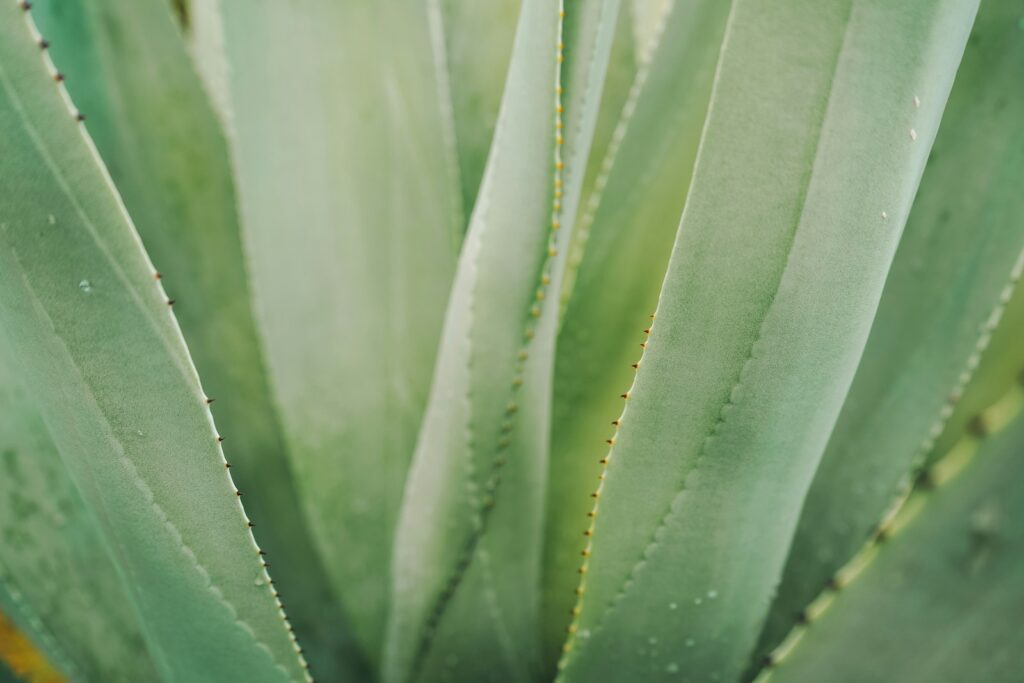This Post Contains Affiliate Links. Please Read Our Disclosure for Full Information.
Heyyy gorgeous! If you’ve been scrolling through Insta or Pinterest and wondering why everyone and their mom is raving about Aloe Vera Juice—I got you. 🫶 Spoiler alert: It’s not just a fad—it’s a full-on glow-up potion for your body, inside AND out.
Ready to sip your way to fab skin, a happy gut, and mega energy? Let’s spill the juice (literally 🍹)!

🌱 1. Hydration Queen Status 💧
Aloe vera juice is basically water’s cooler, richer cousin. It’s packed with electrolytes that keep your skin dewy and your energy poppin’.
👉 Grab this glow-boosting Aloe Vera Juice on Amazon.
🌱 2. Glow from the Inside Out ✨
Aloe is loaded with vitamins A, C, and E—aka the holy trinity for glowing, youthful skin. Byeee dullness 👋 and hellooo radiant you.
🌱 3. Gut Health = Hot Girl Energy 🏃♀️
Let’s be real—bloating is NOT the vibe. Aloe vera juice helps soothe digestion, keeps things moving, and reduces that puffy feeling.
👉 Try this Organic Aloe Juice to keep your tummy happy.
🌱 4. Natural Detox Babe 🌿
Think of aloe juice as a gentle body reset—flushing out toxins, reducing inflammation, and leaving you feeling light AF (in the best way).
🌱 5. Boosts Immunity Like a Boss 💪
Thanks to its antioxidant superpowers, aloe helps your immune system stay strong—so you can keep living your best life without getting knocked down by every little bug.
👉 Stock up on Aloe Immunity Booster.
🌱 6. Bye-Bye Bad Breath 👅
TMI? Never. Aloe juice helps with oral health too, so your breath stays fresh and your smile stays bright. Add this to your morning routine and thank me later.
🌱 7. Weight Loss Support (No Magic—Just Help) 🥗
It’s not a miracle drink (nothing is, babe), but aloe can help with metabolism and appetite control when combined with healthy eating.
👉 Add this Detox Aloe Juice to your wellness routine.
✨ How to Drink It (Without Making a Face 😅)
- Start with 1-2 oz. per day—it’s powerful stuff!
- Mix it with lemon water, smoothies, or green tea.
- Consistency = key, babe.
🚫 Quick Heads Up:
- Don’t overdo it! More is not better (and it might upset your stomach).
- Preggo? Nursing? Always check with your doc first.
🌿 Final Sip of Wisdom:
Aloe vera juice isn’t just a trendy TikTok obsession—it’s a total health & beauty MVP. Whether you’re glowing up your skin, flattening the bloat, or just tryna feel good inside-out, this is your sign to give it a try!
👉 Grab your fave Aloe Vera Juice and let’s glow, bestie! 💚✨
We are giving it for free to our users
Get 7 Free Digital Planner
The Bundle Includes -
Daily Planner, Weekly Planner, Monthly Planner, Self Care Planner, Daily Reflection, Goal and Habit Tracker, Gratitude Journal and Budget Tracker










